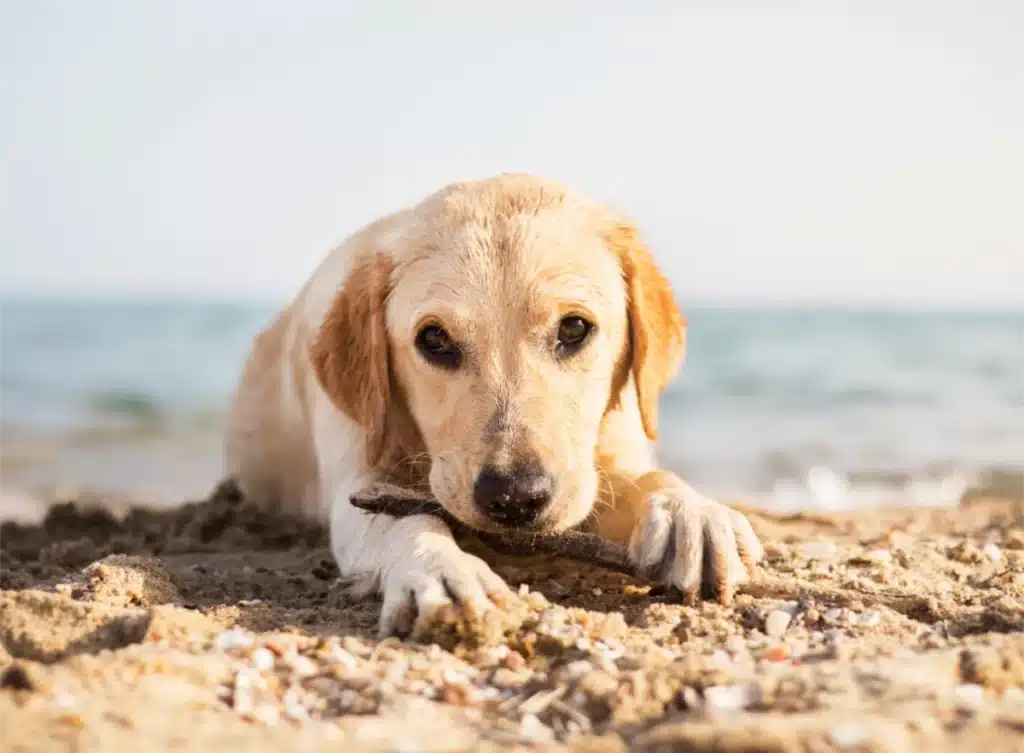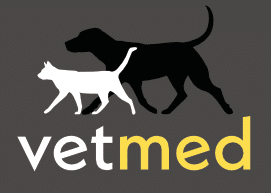Summer Pet Safety Tips: Keeping Your Furry Friends Cool and Comfortable

As the temperature rises and we all get ready to soak up the summer sun, it’s vital to remember that our pets experience the heat differently than we do. Dogs and cats don’t sweat through their skin and rely on panting and releasing heat through their paw pads and nose to regulate their body temperature. This makes them more susceptible to heat-related issues such as heatstroke. Here’s a comprehensive guide to help you keep your beloved pets safe and comfortable during the hot summer months.
Understanding Heatstroke in Pets
Heatstroke occurs when your pet’s body temperature rises dangerously high, typically because of prolonged exposure to high temperatures. Heat exposure can be even more of a concern in particular breeds such as the Chow Chow, Bulldogs and French Bulldogs, Greyhounds, Cavaliers and pugs (or any breed with short noses known as “brachys”) Heat stroke can lead to multiple organ failure or even death if not promptly treated. Signs of heatstroke include excessive panting, drooling, reddened gums, vomiting, diarrhea, mental dullness, unco-ordination, collapse, and loss of consciousness.
Heatstroke Prevention Tips:
- Never leave your pet in a parked car, even with the windows down. Temperatures inside a vehicle can soar to deadly levels in minutes.
- Avoid midday walks and opt for early morning or evening strolls when the temperatures are cooler.
- Provide a cool, shaded area for outdoor pets with ample fresh water.
- Use cooling mats or vests, and consider a child-sized paddling pool for dogs to splash in.
- Keep exercise sessions short and be especially careful with brachycephalic breeds (like pugs and bulldogs), older pets, overweight animals, and those with heart or lung diseases.
The Dangers of Hot Pavement
Pets’ paws are more sensitive than you might think, and hot pavement can cause severe burns. A good rule of thumb is if it’s too hot for your own hand, it’s too hot for your pet’s paws.
Hot Pavement Protection Strategies:
- Test the pavement with the back of your hand. If you can’t keep it there for five seconds, it’s too hot for your dog’s paws.
- Walk on the grass whenever possible.
- Consider protective booties for your dog’s paws if you must walk on hot surfaces.
The Importance of Hydration
Pets can become dehydrated quickly. Access to clean, fresh water is critical for keeping your pet healthy in the summer heat. Signs of pet dehydration include lethargy, dry gums, excessive drooling, sunken eyes, and a lack of elasticity in the skin.
Hydration Hints:
- Always carry water and a collapsible bowl during walks.
- Add ice cubes to your pet’s water bowl or offer them as a treat.
- Watch for signs of dehydration, such as lethargy, dry gums, excessive drooling, or lethargy.
Safe Summer Grooming
A pet’s coat is their built-in insulation, so consult your veterinarian before making any drastic changes to their grooming routine in the summer months.
Grooming Guidance:
- Brush regularly to get rid of mats and tangles, which can trap heat.
- Resist shaving your pet unless recommended by a vet. A close shave can lead to sunburn for many breeds.
- Use pet-safe sunscreen on exposed skin areas, especially for short-haired breeds.
Water Safety
Not all dogs are natural swimmers, and pools can pose a significant risk for pets.
Water Safety Tips:
- Never leave pets unattended near swimming pools.
- Teach your dog how to exit the pool by using the steps.
- Consider a life vest for dogs when boating or swimming in open water.
- Rinse off your dog after swimming to remove chlorine or salt from their fur.
Safe Travels
If you’re hitting the road with your pet, ensure their safety and comfort during the journey.
Pet Travel Tips:
- Secure your pet in the vehicle with a safety harness or in a carrier.
- Take regular breaks for exercise and bathroom stops.
- Keep the car cool and well-ventilated.
Summer Eating
Be cautious with what your pet eats during summer festivities, as certain human foods and ingredients can be toxic to them.
Pet Diet Do’s and Don’ts:
- Avoid toxic foods like chocolate, grapes, raisins, onions, and products containing xylitol.
- Keep alcoholic beverages out of reach as they can be poisonous to pets.
The summer can be a fantastic time to create lasting memories with your furry friends, but it’s also a time to be extra vigilant about their wellbeing. Always be aware of the signs of discomfort or distress in your pets. When in doubt, err on the side of caution and move them to a cooler environment.
At Vetmed, we are always here to help and provide you with all the information you need to make an informed decision when it comes to the health and well-being of your pet. Vetmed offers comprehensive pet care services, with four clinic locations across the Eastern Suburbs and the Northern Beaches, including Lindfield, Randwick, Forestville, and Northbridge.
